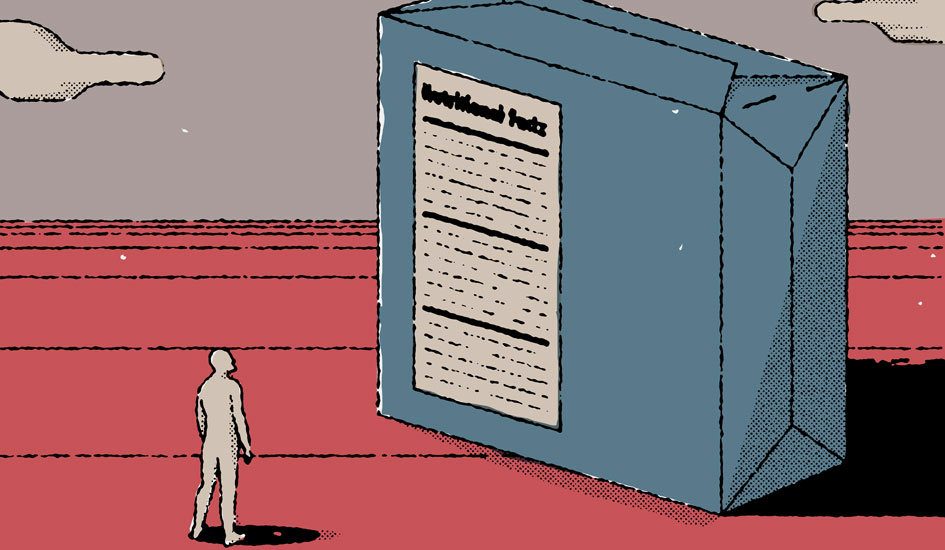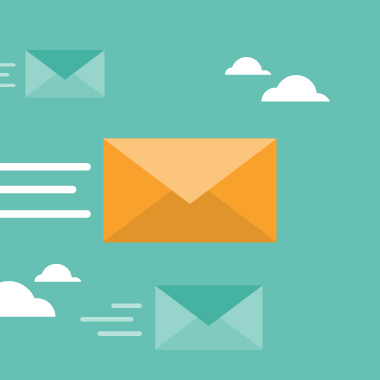Beyond Labels: Breaking Patterns and Making Conscious ChoicesBY PIETRO PAGANINI
- 4 July 2023
- Posted by: Competere
- Categories: Empowering Consumers, highlights, News

Public policies that label foods as “good” or “bad” based on a “one-size-fits-all” approach are dangerous. The healthiness of food depends on the quantity consumed, individual characteristics of each person, and the context in which they are consumed. Thanks to technology, we can make conscious choices and adopt a personalized approach to nutrition, opening the doors of knowledge.
THE PROBLEM
EVERYTHING IS POISON
The famous quote by Paracelsus (1493-1541) stating that “Everything is poison, and nothing is without poison. The dose alone makes a thing not poison” lays the foundation for contemporary nutrition and balanced eating.
Unfortunately, many public policies continue to ignore this principle, preferring solutions that classify certain ingredients as “good” or “bad.” But it’s not that simple.
THE DOSAGE
DIVERSITY
BETRAYED PRINCIPLES
It is important to understand that dosage and diversity should be the cornerstone of public policies aimed at reducing malnutrition and mitigating related diseases like obesity. Unfortunately, this is not the case. Public policies place little value on dosage, discriminate against certain ingredients, and ignore individual diversity.
We must learn to recognize how much of a particular nutrient, such as glucose, we need to consume at a specific point in our lives. Evaluative labeling systems like Nutriscore are not of great help. They simply tell us whether a food is considered “good” or “bad,” but they don’t provide detailed information on what we are consuming and how it affects our bodies. On the other hand, technology can be very useful as it can notify us in real-time about deficiencies or excesses of certain nutrients. It is then our responsibility to decide whether to consume them or not. Technology serves as a tool for knowledge and awareness. The more a person knows, the better their ability to make informed choices.
HOMOGENIZED PATERNALISM
However, public policies continue to reject the use of technology and prefer color-coded labels like Nutriscore. The reason is simple: those promoting such policies do not want to acknowledge the diversity and the role that everyone has in autonomously determining their choices based on knowledge. Governments and the bureaucracies that manage them choose on behalf of citizens through public policies. Especially in the Western world, there is a fear that consumers may make free choices. They are afraid that individuals may make choices different from those desired. For example, they may choose to consume a quantity of a nutrient considered carcinogenic. We know that excessive alcohol consumption can have negative consequences on our bodies, but we consciously decide to consume it.
THE FAILURE
Those in positions of governmental power fear losing control over citizens and take refuge in the ethical role conferred by their position. This leads to the adoption of simplistic systems for food evaluation. If the problem does not lie in the ingredient itself but in the dosage and the individual consuming it, how can standardized labels solve the problem of poor nutrition? Simply put, they cannot. The red color on the Nutriscore can never be red for everyone. That is why these evaluation systems are dangerous.
PROPAGANDA
The demonization of nutrients pushes consumers to dangerously reduce or even exclude their intake, resulting in harmful consequences and the onset of serious diseases. It leads from one extreme to another, which can ultimately lead to a more general rejection of certain foods and subsequent physical and psychological degradation. The media, as well as commercial and marketing departments of the food industry, often share responsibility for amplifying or even distorting scientific results to mislead consumer choices. The boycott of palm oil and sugar is an example.
WHAT TO DO
Paracelsus’ quote is powerful because it puts the choice back in the hands of individuals, a choice that requires knowledge. Governments should not worry about determining the right dosage for everyone, but about educating citizens to know their optimal dosage at any given moment, even if they choose not to follow it.
Image credit: Michael George Haddad, courtesy of the NYT >>>

